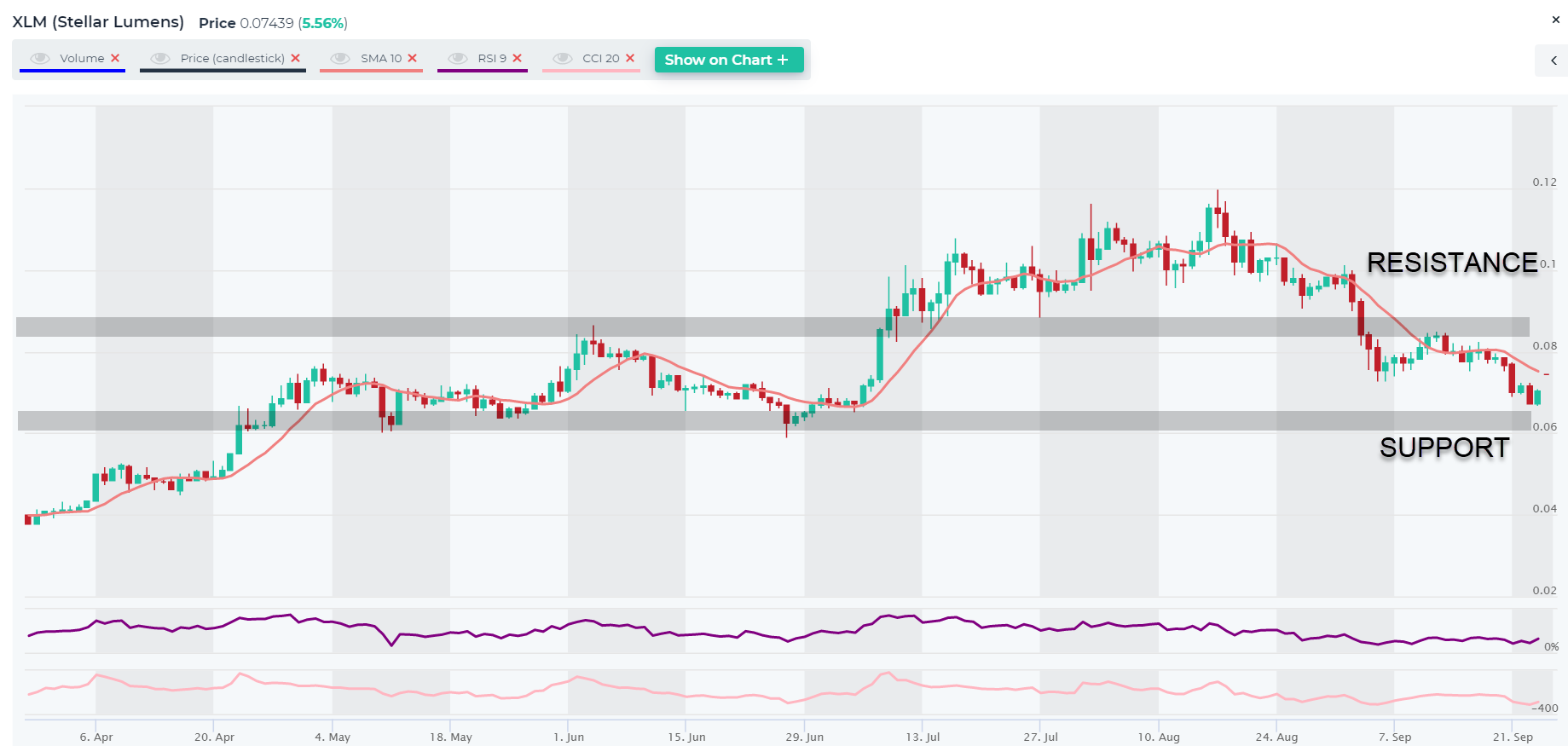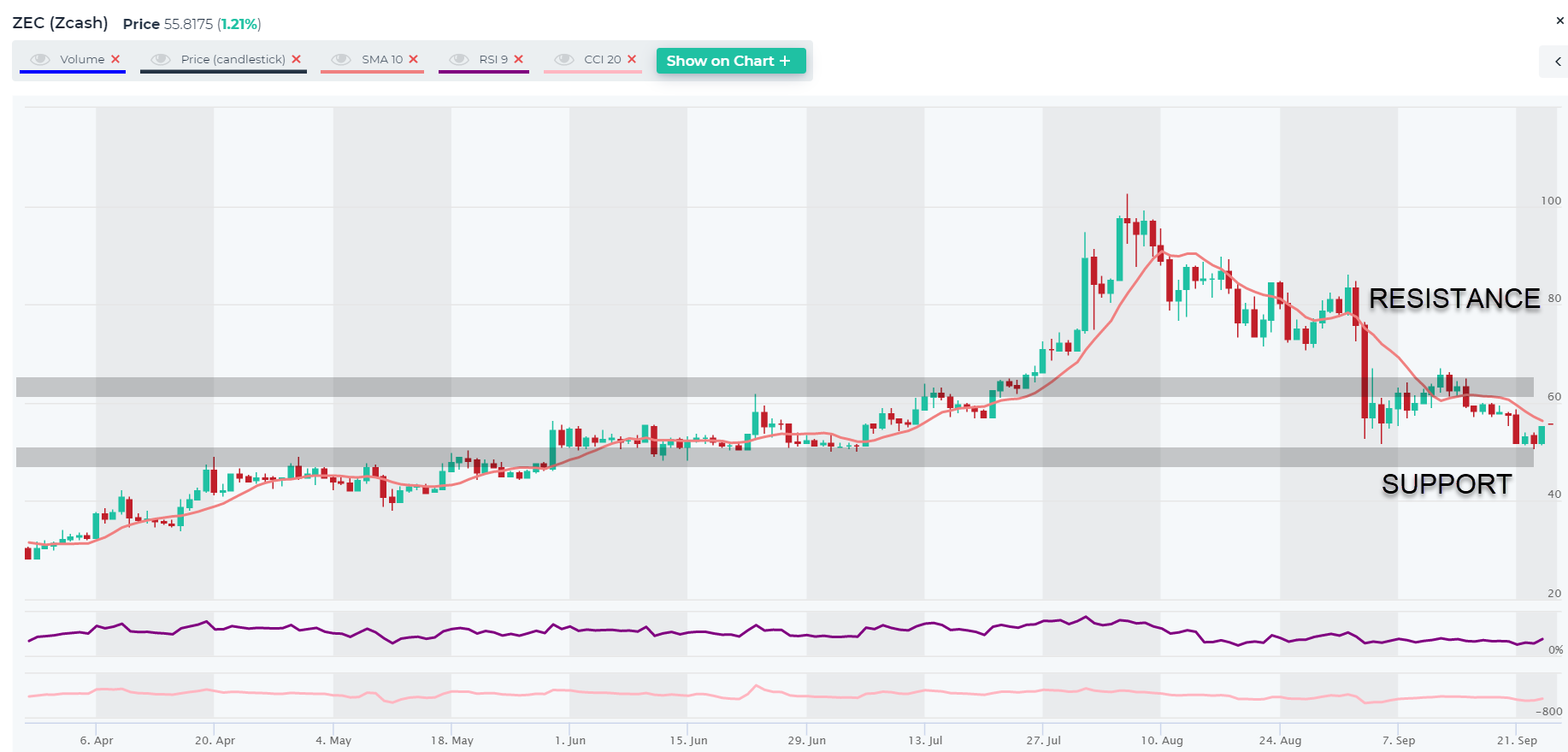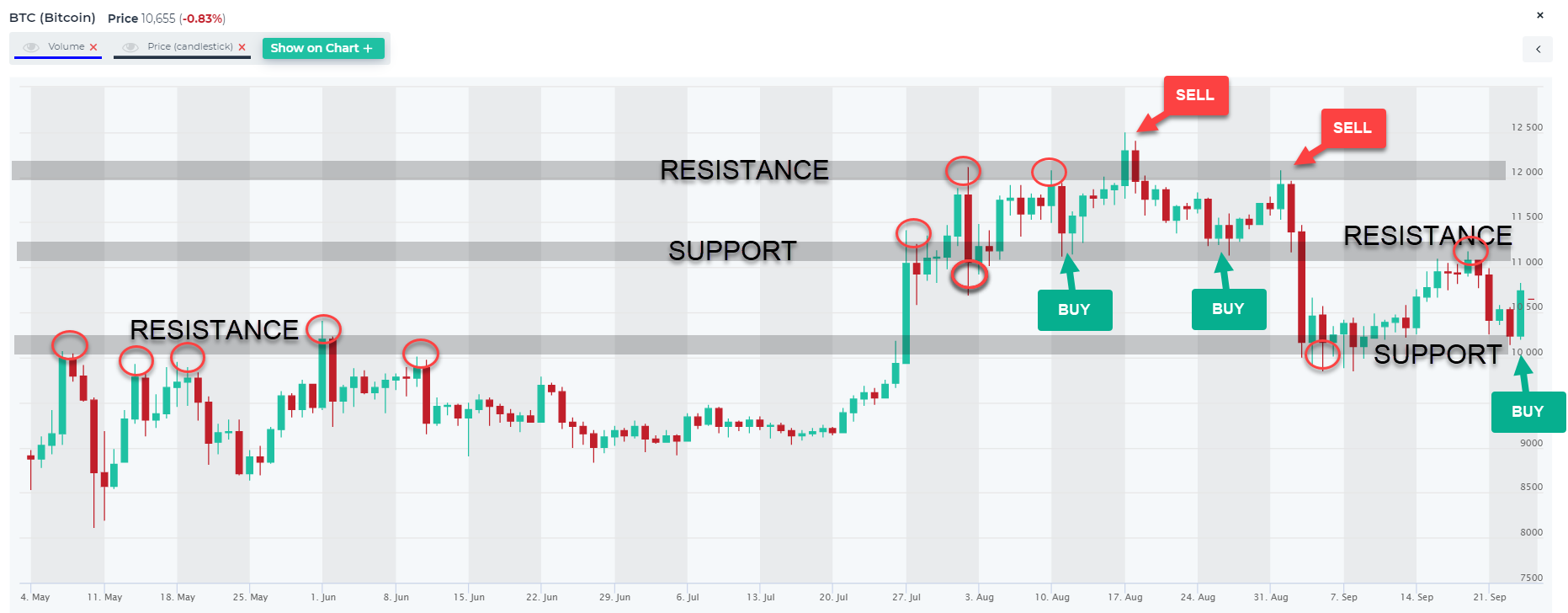Stuck in a range? Perfect! Just swing it...
Recognizing overall market trends is the foundation of any technical analysis. Doing so accurately greatly increases a trader’s chance of success.
Trend following traders hope to catch a major up(down)trend, and ride it for days, weeks, maybe even months. But markets are in a trend only about 30% of the time! The rest of the time, markets are trendless.
Sounds boring? Think again. Just find trading ranges and have fun swing trading!
What’s swing trading? Glad you asked. Well, in life, swinger is someone who, hmm, let’s just say “lives an uninhibited lifestyle” 🙂
In a trading context, a swing trader also gets in on more “action” than a trend following trader (but still less than a day trader). Swing traders generally trade within ranges, buying at support levels and selling at resistance levels. Swing traders hold larger positions for shorter time frames, while trend traders hold smaller positions for longer time frames. Trend following or range trading require different mindsets, but some experienced traders can mix and match these strategies at will.
Range-bound trading is a trading strategy that seeks to identify and capitalize on coins trading in price channels. After finding major support and resistance levels and connecting them with horizontal trendlines (zones), traders can buy when the price approaches support and sell when it reaches resistance. Technical indicators, such as the relative strength index (RSI), stochastic oscillator, and the commodity channel index (CCI), can be used to confirm overbought and oversold conditions when price oscillates within a trading range.
For example, a trader could enter a long position when the price of a coin is trading at support, and the RSI gives an oversold reading below 30.
You can use altFINS to find ideal trading range setups by creating the following filter (or follow the 3 min video below):
Create a new filter and add these criteria:
- SMA 10 Trend is between – 10% and + 10% (i.e. trend is sideways within a relatively narrow range)
- Long Term Trend is Up
- Volume ($) is above 100,000
- RSI 9 is below 50 (oversold – you can be more strict by using 40 or even 30 level for extreme oversold condition)
- CCI 20 is bellow – 100 (oversold)
Examples of coins from this filter that appear to be trading in a range and are oversold, near their support (i.e. ripe for a upward bounce back towards resistance):





Risk management – Stop Loss and trade size. In all of these setups, traders should use Stop Loss orders to manage their downside risk, in case the trade goes against us, as it often will. Trading is about probabilities and even though these setups have a high win rate, one must be prepared to minimize losses on the trades that go bust. If Stop Loss order types are not supported by they exchange, at least set up a price alert (see video). Also, trade size should be such that you never risk losing more than 2% of your total equity. Keeping the trade size small allows the trader to setup a wider Stop Loss, which gives the trade more room and time to complete with success. Setting Stop Loss levels too tight can often result in getting knocked out of a trade prematurely.
Download altFINS Mobile App
Follow us on:
✅ Telegram: https://t.me/altfinsofficialchat
✅ Twitter: https://twitter.com/AltfinsA
✅ Discord: https://t.co/uBvlTWgRgP
✅ Facebook: https://www.facebook.com/altFINS
✅ YouTube: https://t.co/QCvKBODSKH
✅ Reddit: https://www.reddit.com/user/altFINS_official
✅ Instagram: https://www.instagram.com/altfins_altcoins/
✅ LinkedIn: https://www.linkedin.com/company/altfins
Disclaimer: This content is for informational purposes only, you should not construe any such information or other material as investment, financial, or other advice. There are risks associated with investing in cryptocurrencies. Loss of principal is possible.
